
Ncert Exemplar Solutions For Class 6 Science Chapter 7 Getting To 3 Fibre Vrogue
Here is the list of Extra Questions for Class 6 Science with Answers based on latest NCERT syllabus prescribed by CBSE. Chapter 1 Food Where Does It Come From Class 6 Extra Questions. Chapter 2 Components of Food Class 6 Extra Questions. Chapter 3 Fibre to Fabric Class 6 Extra Questions. Chapter 4 Sorting Materials Into Groups Class 6 Extra.

Important Questions For Class 9 Science Chapter 14 Natural Resources Rezfoods Resep Masakan
Name major nutrients. Ans: The components of food which are needed by our body for growth and development are called nutrients. The major nutrients are: (i) Carbohydrates. (ii) Fats. (iii) Proteins. (iv) Vitamins. (v) Minerals. 2.

NCERT Solutions for Class 6 Science Chapter 4 Sorting Materials Into Groups
Answer: (a) Carbohydrates, fats, vitamins, minerals and proteins. (b) Water-soluble nutrients like some of the minerals and water-soluble vitamins, i.e., vitamin C and B-complex get lost. (c) Sonam is helping, obedient, intelligent and having scientific aptitude. Filed Under: CBSE Class 6. RS Aggarwal Solutions.
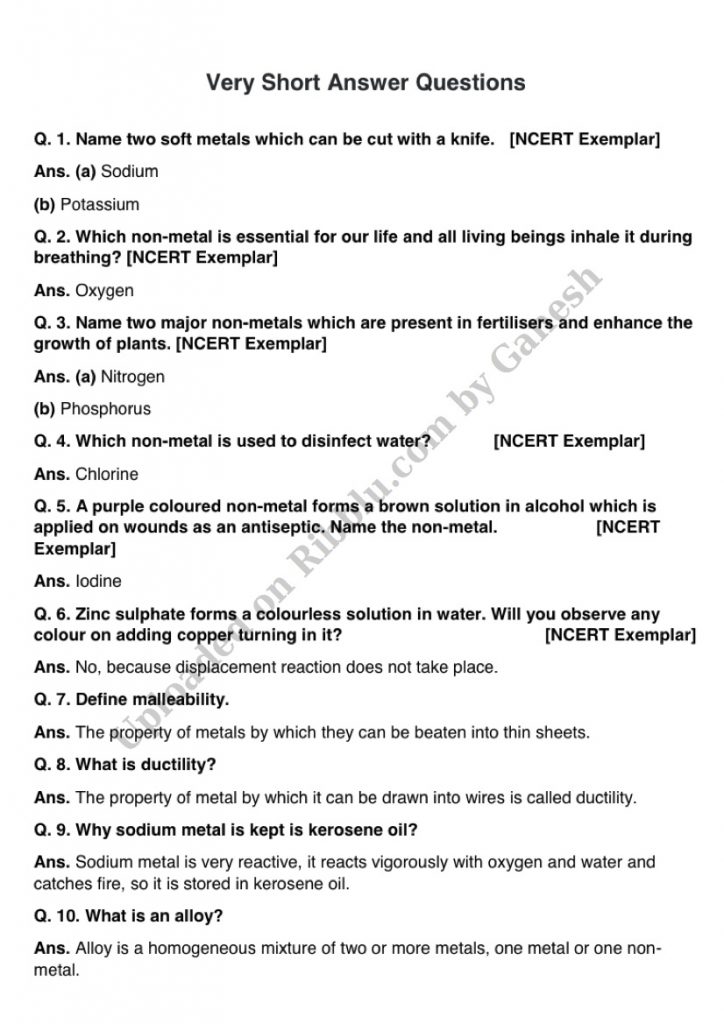
Top 108 + Reproduction in animals class 8 extra questions and answers
Answer: Starch. 8. Name two substances which provide carbohydrates. Answer: (i) Potato. (ii) Rice/wheat/maize/sugar. 9. Name the food nutrient indicated by an oily patch on paper. Answer: An oily patch on paper shows the presence of fat. 10.
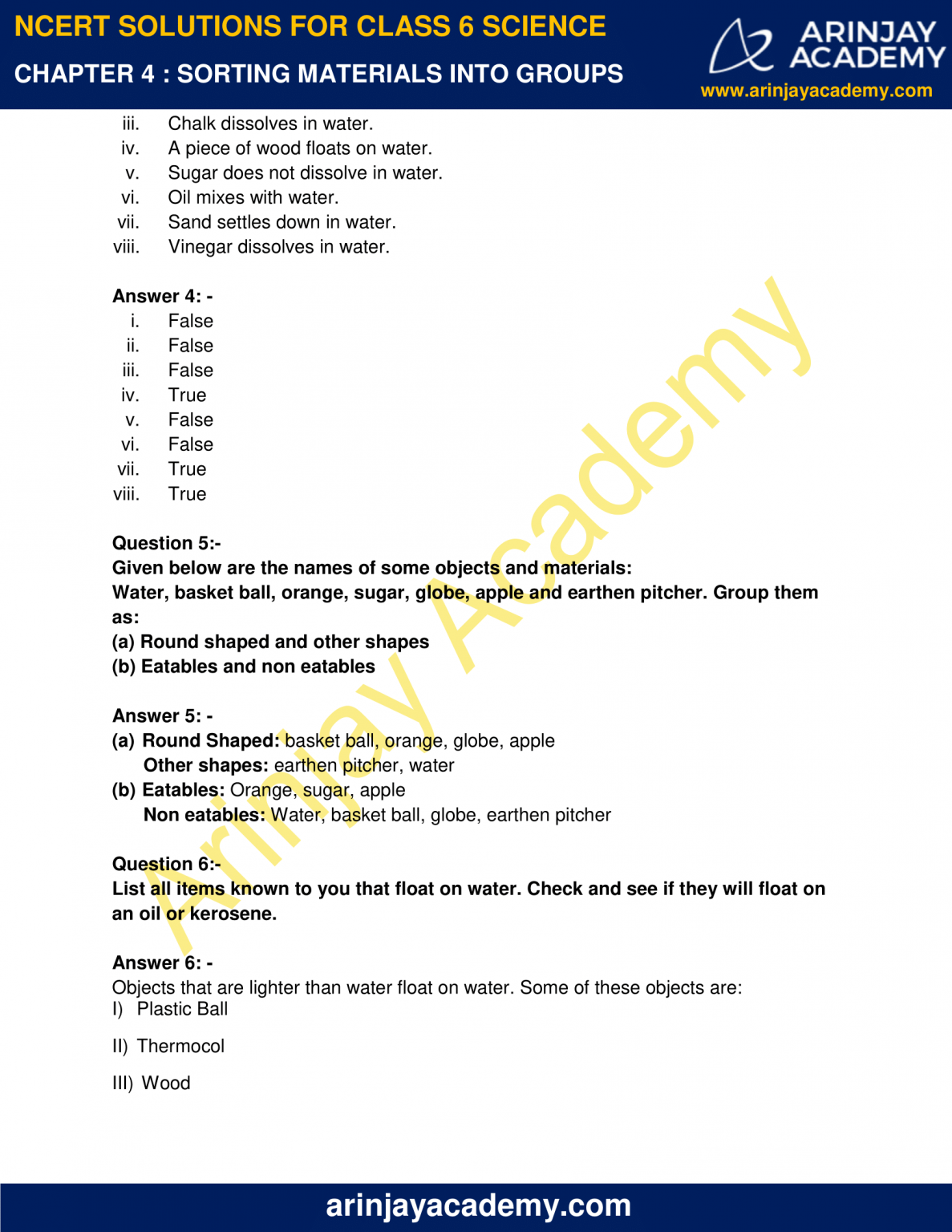
case study questions class 6 science chapter 4
Class 6 Science Chapter 2 Important Questions for extra practice and keywords explanation updated for new academic session 2023-24. These Class 6 Science Chapter 2 Extra Questions covers all the keywords given in NCERT Books. These practice questions are important for class 7 science class test as well as school exams.

Class6 science chapter2 activity part1 YouTube
Answer: 1. Role of carbohydrates: Carbohydrates provide us energy. 2.Role of fats: Fats provide us energy. 3. Role of vitamins: Vitamins are necessary for various physiological activities. Vitamins keep us healthy and protect us from many diseases. Vitamins are required for the proper functioning of body parts.
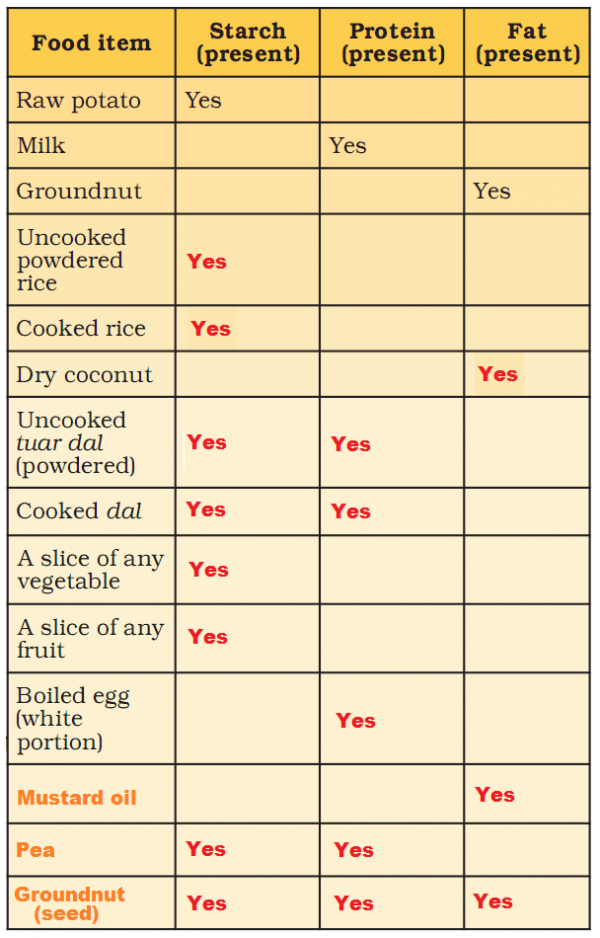
NCERT Class 6 Science Chapter 2 Activity Answer Studdy
Summary of CBSE Class 6 Science Chapter 2. Our body requires a balanced diet, including all the significant food components for healthy living. Carbohydrates and fats together are known as energy-giving foods. Ghee, oil, etc. make the best examples of fats, and potatoes, rice, etc. include carbohydrates in lump sum amounts stored in them in the.
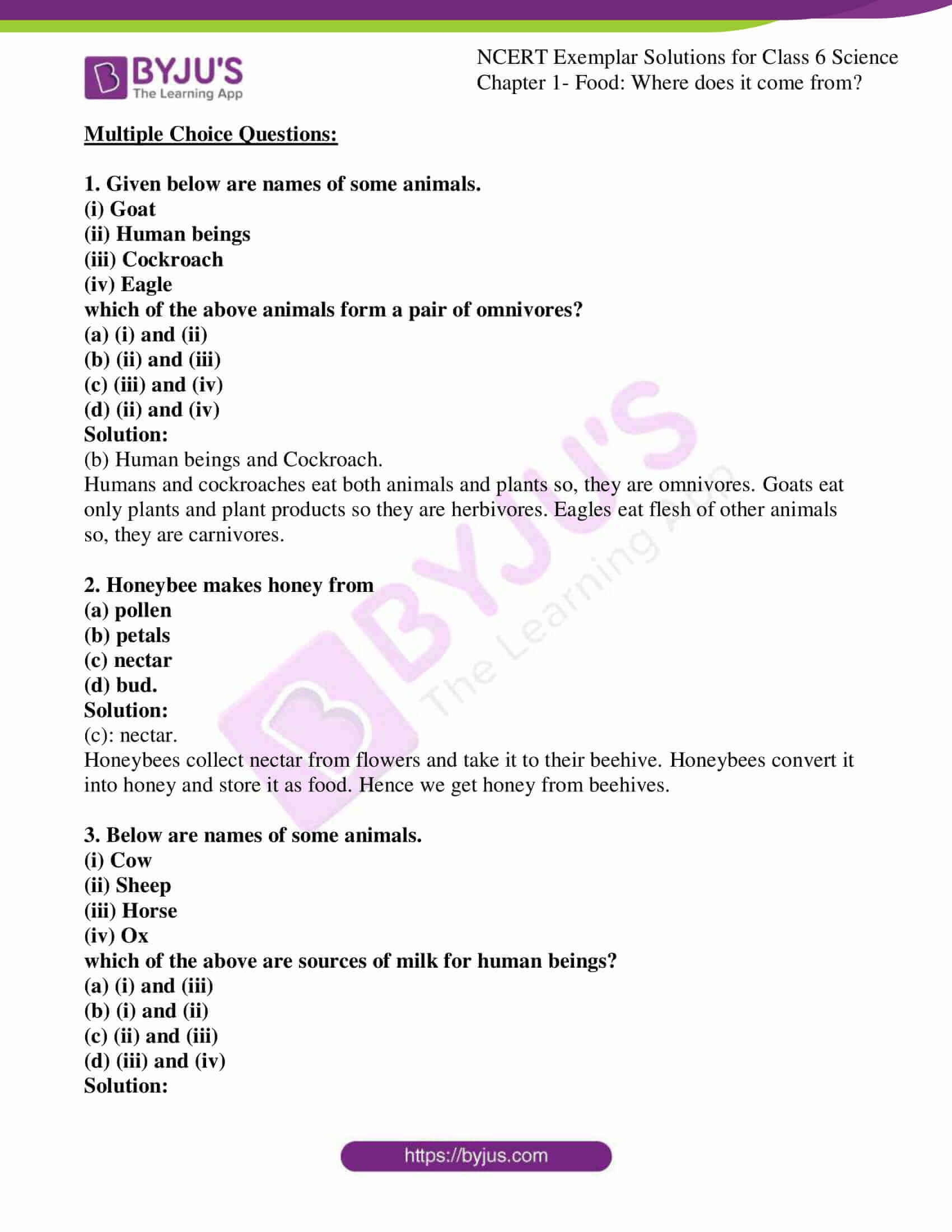
Ncert Class 6 Science Chapter 1 Worksheets Kidsworksheetfun Gambaran
Important Questions Class 6 Science Chapter 2 - With Solutions. The Extramarks team has created Class 6 Science Chapter 2 Important Questions for students to revise the entire chapter syllabus while solving these questions. It would help students in preparing for their examinations in a better way.

NCERT Exemplar Solutions for Class 6 Science Chapter 12 Electricity and Circuits free pdf
The CBSE Class 6 Science NCERT Solutions contains a total of 16 chapters. The answers to all these chapters are provided in the links mentioned below: Chapter 1 Components of Food. Chapter 2 Sorting Materials into Groups. Chapter 3 Separation of Substances. Chapter 4 Getting to Know Plants. Chapter 5 Body Movements.
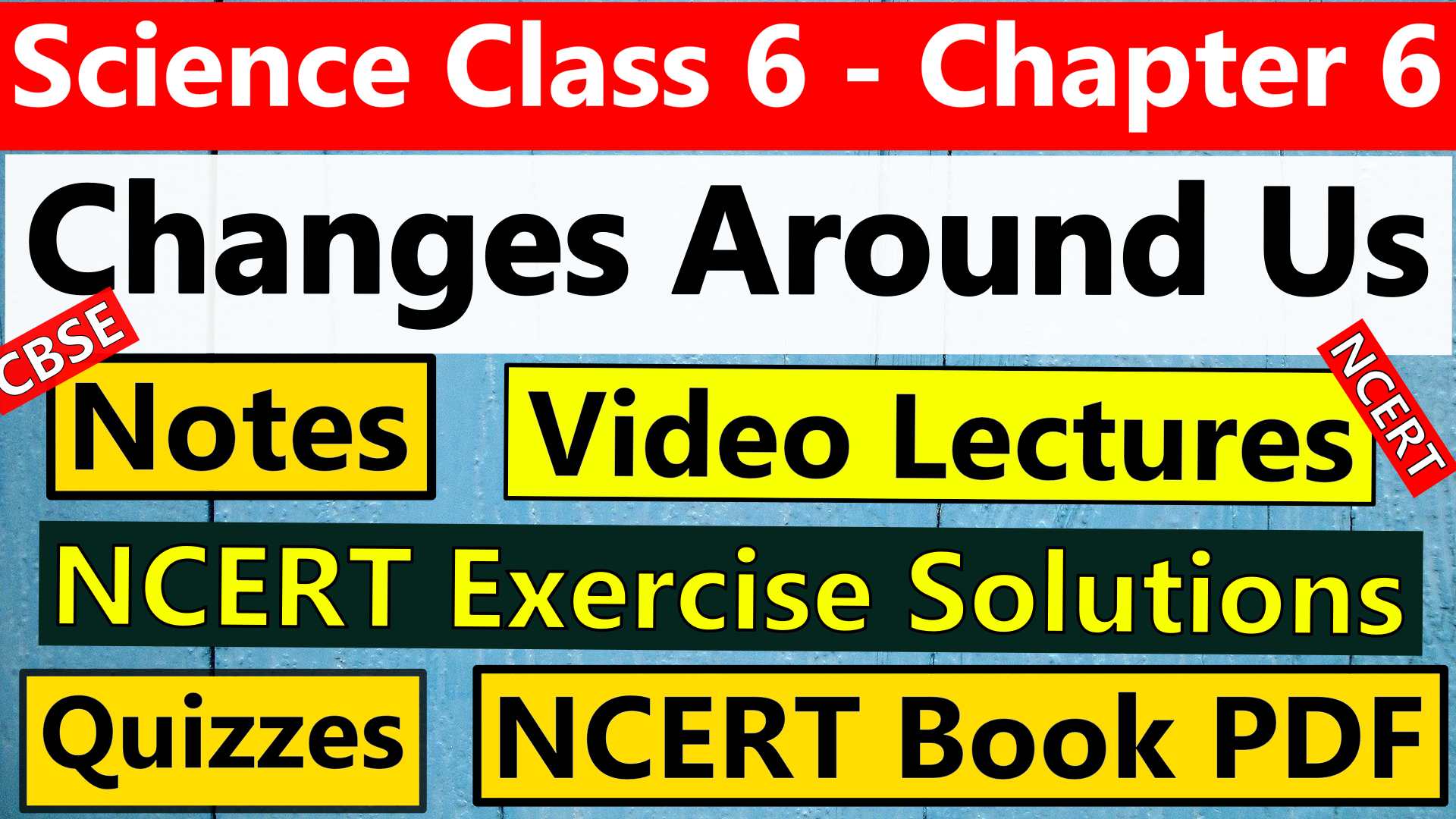
Science Class 6 Chapter 6 Changes Around Us
Answer: Gifts. 25: Name the site that provides the evidence of tools made from ' fossil wood'. Answer: Daojali Hading. 26: List of the most distinctive features of a villager. Answer: Being a Food producer. 27: We find tools made of fossil wood at ____________. Answer: Daojali, near Brahmaputra valley.

Components of Food Class 6 Extra Questions Science Chapter 2 CBSE Labs
Class 6 Important Questions for Science Chapter 10 cover different physics topics, including motion in the body, measuring distance, speed, and time including motion in the body, how to measure distance, speed, and time. It is a practical and mathematical chapter. Students need to relate questions according to real-life objects.

Ncert Cbse Class 6 Science Worksheets Worksheetpedia
Reversible changes: Melting of wax and stretching of a rubber band. Irreversible changes: Burning of a paper and growth of plants. Question 8. State whether burning of a piece of paper is a reversible or an irreversible change. Answer: When we bum a piece of paper, it changes into ash and smoke.

NCERT Solution for Class 6 Science Chapter 2 NcertGuru
NCERT Extra Questions for Class 6 Science:. We hope the given CBSE NCERT Chapter Wise Extra Questions for Class 6 Science with answers and solutions will help you. If you have any query regarding CBSE Class 6 Science Important Extra Questions and Answers, drop a comment below and we will get back to you at the earliest..
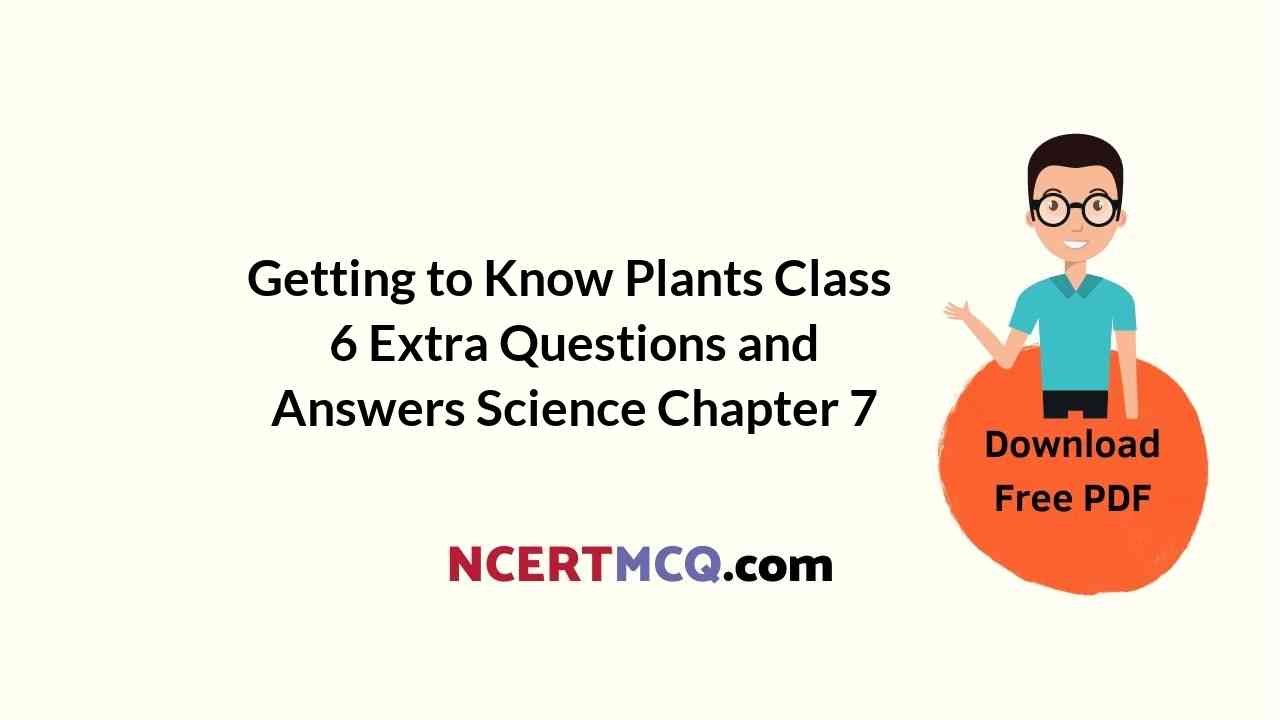
Getting to Know Plants Class 6 Extra Questions and Answers Science Chapter 7 NCERT MCQ
Class 6 Science Chapter 2 MCQ Test is completely based on NCERT Book for Class 6 Science Chapter 2 - Sorting Materials into Groups. This is a quiz based test, which is consist of 25 MCQ for class 6 science chapter 2 mcq. These questions will test your Understanding about the concepts that you have learned in class 6 science chapter 2 Sorting.
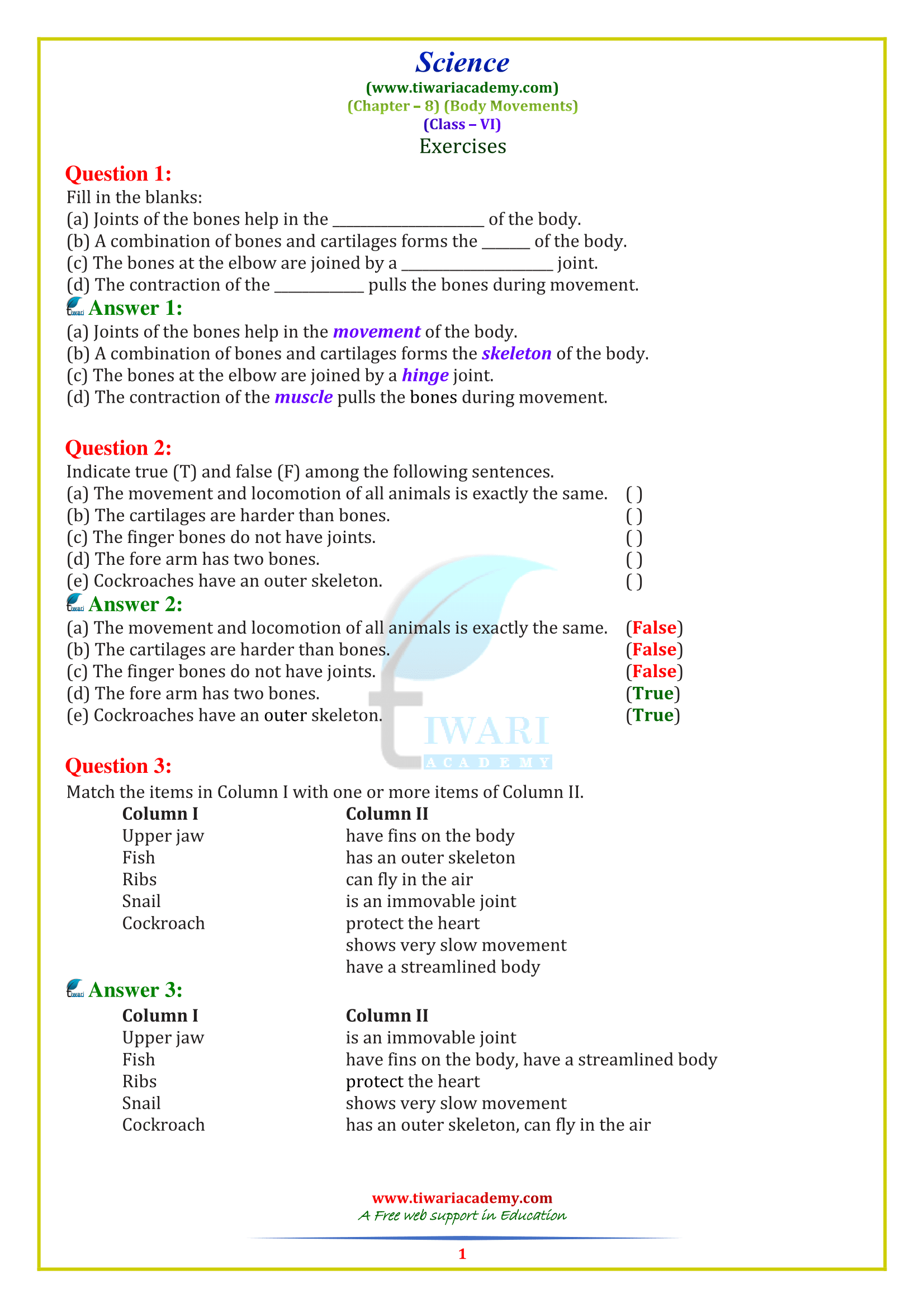
NCERT Solutions for Class 6 Science Chapter 8 Body Movement in PDF
Question 1 Are fats, proteins and starch present in all food items?. Answer 1-No, fats, proteins and starch are not present in all food items.Some food items have fat, some have protein or starch or some have varying proportions of these nutrients. Question 2 Does a food item contain more than one nutrient?. Answer 2 Yes, food items such as cooked pulse, milk, groundnut etc. contain more than.

Class 6 science chapter 2(part3) April 7. YouTube
When two or more cells are joined together, it is called a battery. Question 3. Give any difference between a cell and a battery. Answer: A cell has only one plate as a positive and only one plate as a negative electrode, while a battery, which is a combination of cells in a series, can have many plates. Question 4.